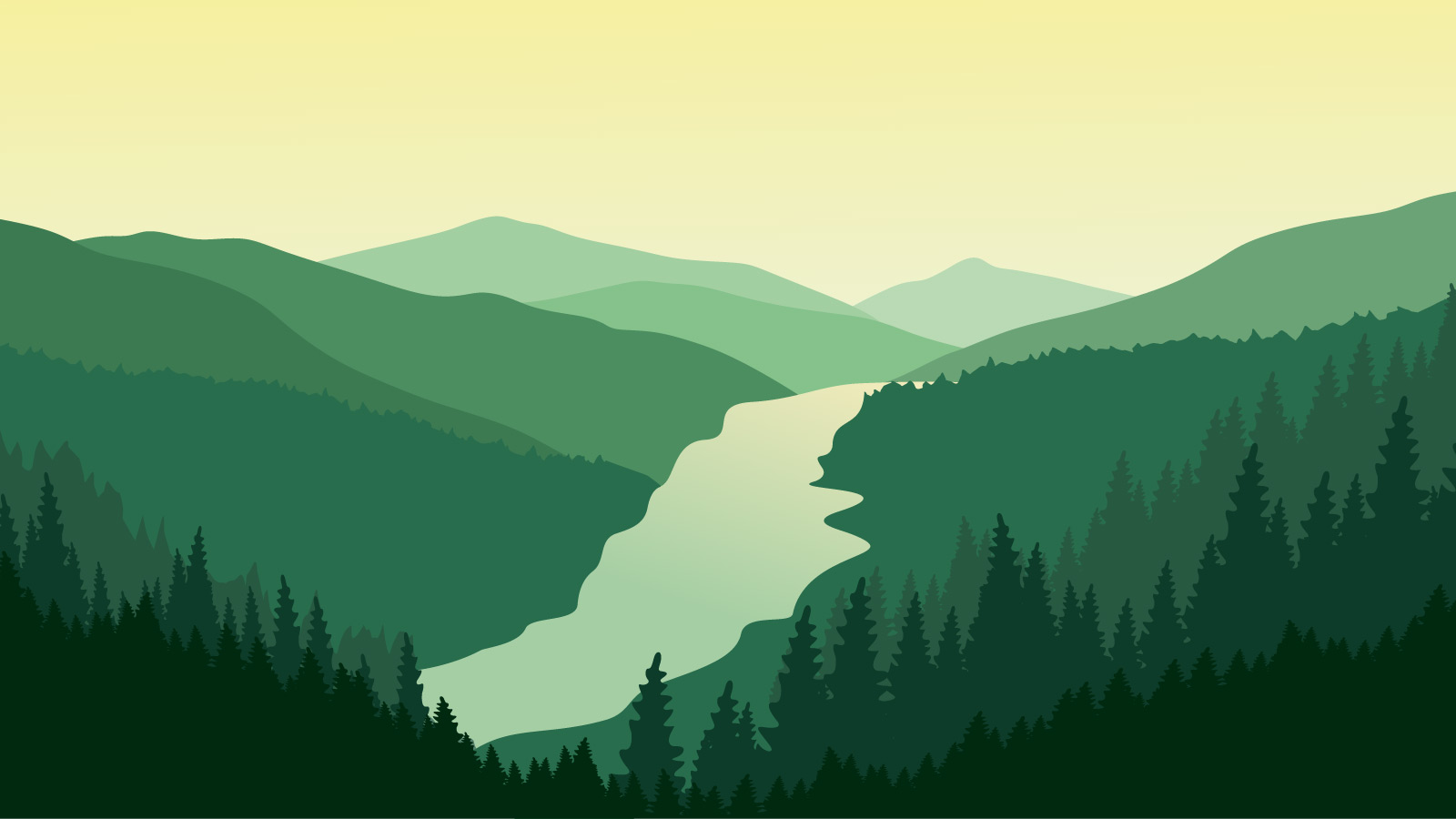
Frequently Asked Questions
Yes, River Sand is one of the best soil amendments to mix in the existing high clay content soil to relieve compaction and allow roots to penetrate deeper, resulting in a healthier turf grass, You can also topdress turf with River Sand such as bermuda, zoysia, and centipede to level the lawn to prevent scalping and also to encourage water to get down to the roots.
Installing landscape fabric beneath pea gravel can help eliminate dirt from contaminating it (moles, ants, holes) and weeds from growing up from the dirt. However, pea gravel does not have to have a layer beneath it. A minimum depth of 2 inches is recommended regardless.
Pea gravel will not move with only direct rainfall on it. However, concentrated flows of water such as near downspouts may push the gravel out of place. You can reduce these areas of concentrated flows and disperse the flow evenly to prevent pea gravel from moving or consider using a larger sized river rock.
If your driveway is muddy and holds water after a rain, it may be time that you need to add gravel. Adding gravel can help you shed rain from the driveway into the ditch quickly. Maintaining your driveway with gravel over time can help prevent more expense with grading in the future.
When properly maintained and installed pea gravel can last indefinitely as it does not decompose like mulch or pine straw. Pea gravel should not be used where water flows in concentrated areas (larger river rock will work). When placed on a driveway pea gravel is extremely durable but may need to be replenished over years of high traffic.
The common size of river rocks cover about 90-100 square feet at a 2 inch depth (recommended). Larger river rock (+5 inches) typically covers 50-75 square feet.
One dump truck load, or 18 tons, usually replenishes a 200’ driveway. However, the best way is to measure and use our calculator to figure out how many tons you need. If you want to do the math yourself multiply Length x Width x Depth (divide inches by 12 to get feet) all in feet. Divide that by 27 and then multiply by 1.35 to get the total tons needed for your project.
River Sand can be used for constructing beaches. However, it typically contains coarser particles than the soft sand you think of on the beach which is good when waves may erode the beach. We have many other products that look and feel more like the sand you think about as beach sand, similar to that on the shores of Florida. Real beach sand is a very fine silica, or quartz, sand. Beach sand can be from any source such as nearby volcanic rock, shells, or limestone.
In Atlanta and the surrounding areas of Georgia, there are a lot of types of gravel available. However, the most common types of gravel are as follows:
- #89s – small pebbles
- #57s – quarter to golf ball sized gravel, common on driveways and french drains
- #4s – larger gravel used for construction entrances and new roads
- GAB or Crusher Run – mixture of sand and gravel, common on driveways, roads, and roadbase
Calculate Your Project
Determine how much product you need for your project and submit it to us for a free estimate, including delivery costs.
Dredging projects and In-Field Mix are calculated separately.
